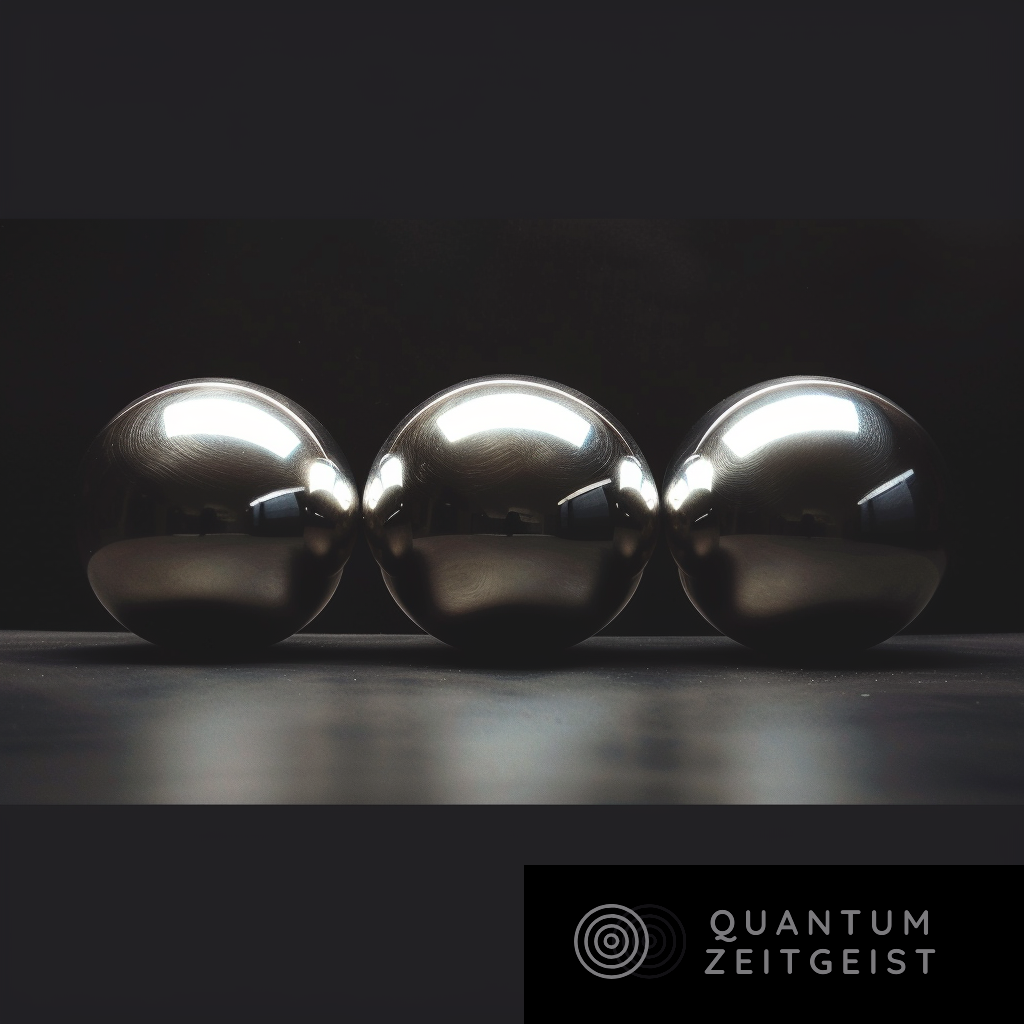The N-body problem, a complex issue in fields like astrophysics and material science, involves simulating interactions between a large number of particles. As the number of particles increases, the computational complexity also increases. This paper proposes using quantum computing, specifically the Grover algorithm, to accelerate the computation of the neighbor list in N-body simulations. The authors provide three novel algorithms and test their performance through statistical simulations. The results suggest that these quantum algorithms outperform classical ones when the density of bodies is low, indicating a promising future for quantum computing in N-body simulations.
What is the N-body Problem, and How Can Quantum Computing Help?
The N-body problem is a well-known issue in various fields, from material science and statistical physics to astrophysics. It involves simulating the interactions between a large number of particles, which can be computationally intensive. When the number of particles is not too large, the interactions can be computed by a brute-force approach with complexity order O(N^2). However, as the number of particles increases, it becomes necessary to reduce the complexity.
One strategy to reduce the complexity of N-body simulations is the computation of the neighbor list. However, this list needs to be updated from time to time, which comes with a high computational cost. This paper focuses on the use of quantum computing to accelerate such a computation. Quantum computing relies on the basic quantum principles of superposition and entanglement, which make it suitable for accelerating parallel and distributed applications and also for improving networks and communications.
How Can Quantum Algorithms Accelerate N-body Simulations?
The authors propose the use of a well-known oracular quantum algorithm, Grover, to accelerate the computation of the neighbor list in N-body simulations. They introduce an efficient quantum circuit to build the oracle that marks pairs of closed bodies and provide three novel algorithms to calculate the neighbor list under several hypotheses, which take into account a priori information of the system.
The performance of the algorithms is tested with a statistical simulation of the oracle, where a fixed number of pairs of bodies are set as neighbors. A statistical analysis of the number of oracle queries is carried out. The results obtained with the simulations indicate that when the density of bodies is low, the proposed algorithms clearly outperform the best classical algorithm in terms of oracle queries.
What are the Practical Applications of These Quantum Algorithms?
The acceleration of simulations related to N-body systems with short-range interactions by the fast computation of neighbor lists becomes relevant when a suitable cell structure of the data cannot be found. This is the case, for instance, in systems where the range of the interaction is comparable to the system size, such as phase equilibria or out-of-equilibrium soft-matter systems.
In suspensions of macromolecules or colloids, the interaction among the particles is of a much shorter range than the radius or typical length but larger than the solvent molecules. In these cases, neighbor lists are a standard solution to the computation of the forces or the energy, although some alternative techniques can specifically be devised with better performance for particular cases.
How Can These Quantum Algorithms Be Implemented?
The authors propose a decision methodology for the actual use of the proposed quantum algorithms. They also set a design methodology for the development of quantum algorithms, taking into account a comprehensive design that supplies both algorithms and related circuits.
The circuits obtained from this study are freely available at a GitHub repository. The authors also propose several comprehensive solutions to the computation of the neighbor list with quantum computing under different alternative hypotheses. The algorithms proposed here are tested with a simplified oracle where a fixed number of pairs of particles are set as neighbors.
What are the Future Prospects for Quantum Algorithms in N-body Simulations?
The authors conclude that quantum computing can be considered as a strategy to predictably accelerate these computationally expensive simulations. They propose several comprehensive solutions to the computation of the neighbor list with quantum computing under different alternative hypotheses.
The results obtained with the simulations indicate that when the density of bodies is low, the proposed algorithms clearly outperform the best classical algorithm in terms of oracle queries. This suggests that quantum algorithms could play a significant role in the future of N-body simulations, particularly in fields where the range of interaction is comparable to the system size.
Publication Date: 2024-02-13
Authors: E. Álvarez, Ignacio F. Rúa, Francisco Orts, Gloria Ortega et al.
Source: Quantum Information Processing
DOI: https://doi.org/10.1007/s11128-023-04245-1

